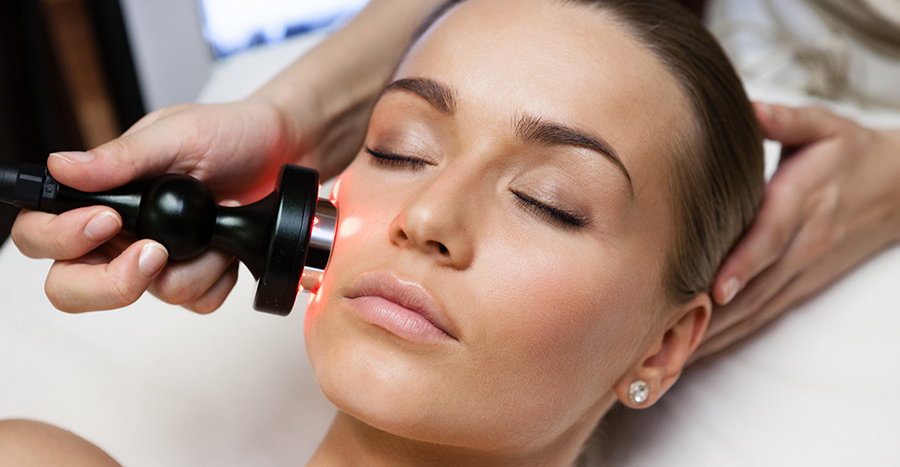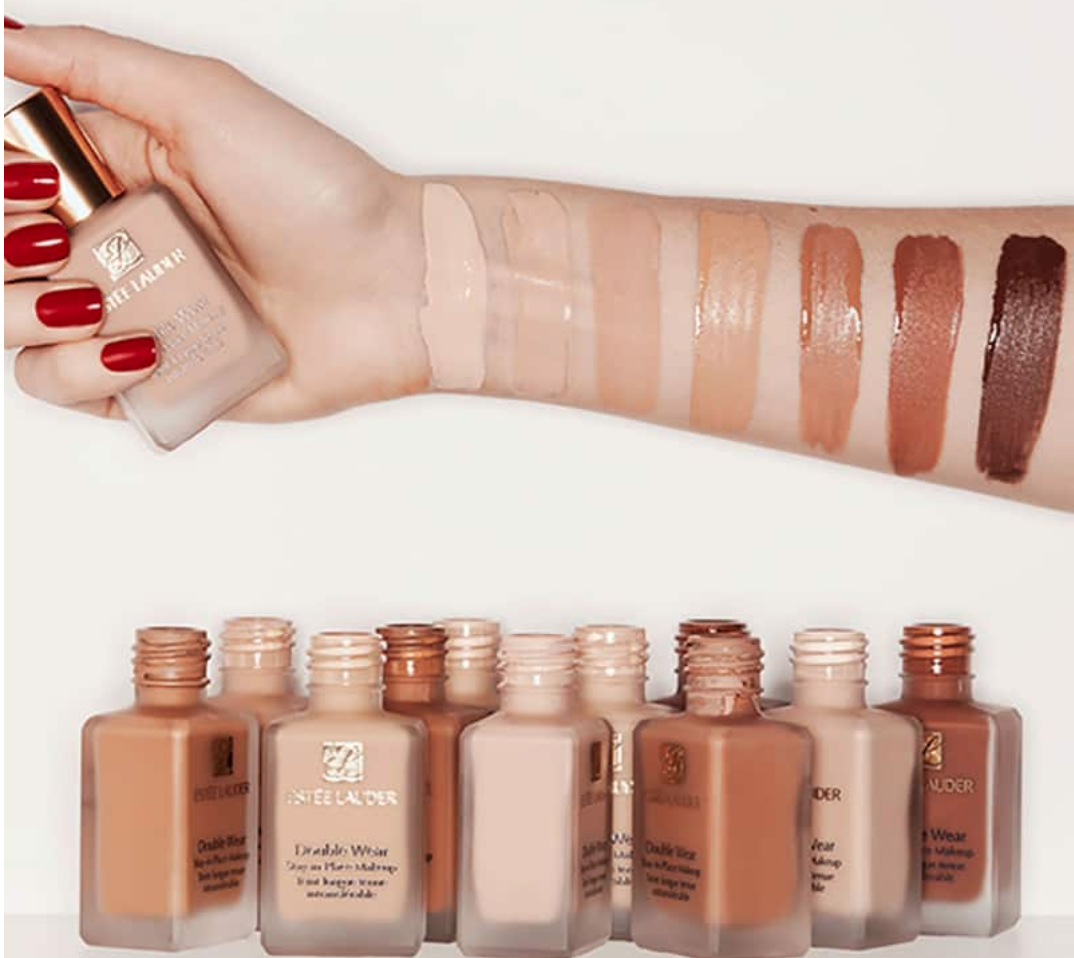From excessive sun exposure to unbalanced hormones, here’s everything you need to know about melasma—and how to manage it for clearer, more confident skin.
If you’ve noticed patchy brown or grey-toned marks appearing across your cheeks, forehead or upper lip, it might be melasma—a common form of skin pigmentation that affects many Australian women, especially living in sun-drenched areas like Bondi.
Though it’s not harmful, melasma can be frustrating and impact your confidence. From topical treatments to high-tech lasers, here’s your ultimate guide to understanding melasma and taking control of your skin.
What Is Melasma?
Melasma is a form of hyperpigmentation, where certain areas of the skin produce excess melanin (the pigment that gives skin its colour). This results in darker patches—usually symmetrical—that most often appear on the face. You’ll commonly see melasma on the cheeks, upper lip, forehead, and sometimes the neck or forearms.

It’s most prevalent in women and especially those with medium to darker skin tones. According to the American Academy of Dermatology, around 90% of people who get melasma are women—and it’s strongly linked to sun exposure and hormonal changes.
What Causes Melasma?
While the exact cause isn’t fully understood, experts agree that several key factors contribute to melasma:
- Sun Exposure: In Australia’s high-UV climate, this is the number one trigger. UV rays stimulate melanocytes (your pigment-producing cells), leading to the formation of dark patches.
- Hormonal Changes: Pregnancy, birth control pills, or hormone therapy can all affect your skin’s pigment. In fact, melasma is so common during pregnancy that it’s often called “the mask of pregnancy.”
- Genetics: If melasma runs in your family, your chances of developing it are higher.
- Skin Irritation: Harsh skincare products, over-exfoliation, or fragrances can irritate the skin and worsen melasma.
- Other Triggers: Heat, stress, and certain medications can also spark or intensify symptoms.
How Is Melasma Diagnosed?
A dermatologist or GP can usually diagnose melasma by simply examining your skin. They’ll take your medical history, ask about sun exposure and hormonal changes, and might use a Wood’s lamp (a special light) to assess how deep the pigmentation runs.
In rare cases, a biopsy may be performed to rule out other forms of hyperpigmentation or underlying skin conditions.

Best Ways to Treat Melasma
Melasma isn’t always easy to treat—and it often requires a bit of patience. But with the right plan, you can reduce its appearance significantly and regain your glow.
1. Daily Sun Protection (Non-Negotiable)
Sunscreen is your skin’s best friend. Choose a broad-spectrum SPF 30+ or higher and apply it every day, even when it’s cloudy.
Look for sunscreens that contain iron oxide, as this helps protect against visible light, which can also worsen melasma. Don’t forget to reapply every two hours, especially if you’re outside, sweating, or swimming.
💡 Hot Tip: Pair your sunscreen with a wide-brimmed hat, sunglasses and shade-seeking behaviour to double down on protection.
2. Topical Treatments
Over-the-counter and prescription creams can help lighten melasma by reducing melanin production. These include:
- Hydroquinone: Often used as a first-line treatment, this ingredient works by slowing melanin production.
- Combination Creams: Some formulas mix hydroquinone with retinoids (like tretinoin) and mild corticosteroidsfor a powerful triple-action approach.
- Other Options: Look for products with azelaic acid, kojic acid, niacinamide, vitamin C, or licorice extract, which all have pigmentation-fighting properties.
If your melasma is mild or you’re just starting out, you might want to try a natural topical that includes ingredients like rosehip oil or turmeric—both known for their brightening effects.
3. Oral Medications
One treatment that’s gaining traction is oral tranexamic acid. Originally used to reduce bleeding, it’s now prescribed in low doses to treat melasma effectively—especially in combination with topical treatments.
Note: Always take this under medical supervision, as it’s not suitable for everyone.
4. Chemical Peels
Chemical peels exfoliate the outer layer of skin, encouraging fresh, evenly pigmented skin to surface. Popular peels for melasma include:
- Glycolic acid
- Lactic acid
- Salicylic acid
Gentler peels are often better to avoid skin irritation, which can worsen pigmentation. Always start slow and consult a skin professional before diving in.
5. Laser and Light Therapies
Modern lasers like picosecond and fractional lasers can effectively break down pigmentation. Unlike older lasers, these are less likely to cause inflammation or worsen melasma—especially when used by trained professionals.
However, IPL (intense pulsed light) and older laser tech can trigger flare-ups in some skin types. If you’re considering lasers, seek out a reputable clinic with experience treating melasma in your skin tone.
6. Professional Clinics for Personalised Plans
If at-home products aren’t delivering results, it might be time to consult a professional clinic like Youth Lab. These specialists offer tailored plans, often combining advanced peels, prescription skincare, and cutting-edge laser options. A professional touch can mean the difference between months of trial and error and finally seeing real improvement.

#BondiBeauty Tip:
Look for a tinted sunscreen with iron oxide—it doubles as sun protection and a pigment-blurring base. Your skin (and selfie) will thank you.
















